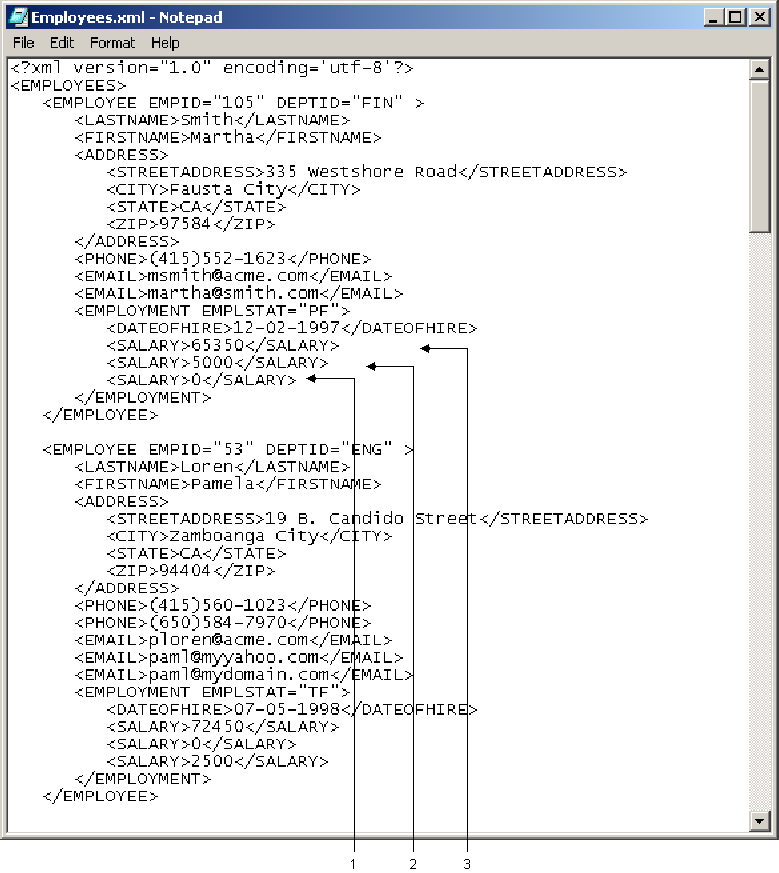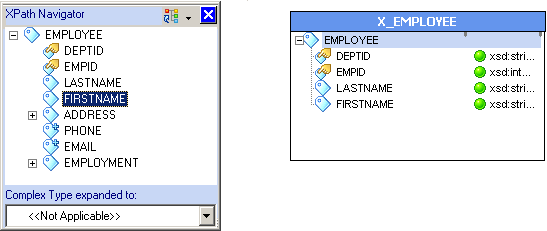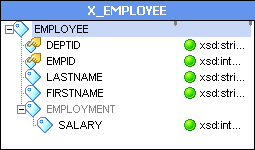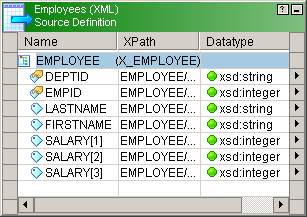PowerCenter
- PowerCenter 10.5.6
- All Products






Column Name
| New Column Name
| Not Null
| Pivot Occurrence
|
|---|---|---|---|
SALARY
| BASESALARY
| Yes
| 1
|
SALARY0
| COMMISSION
| -
| 2
|
SALARY1
| BONUS
| -
| 3
|
